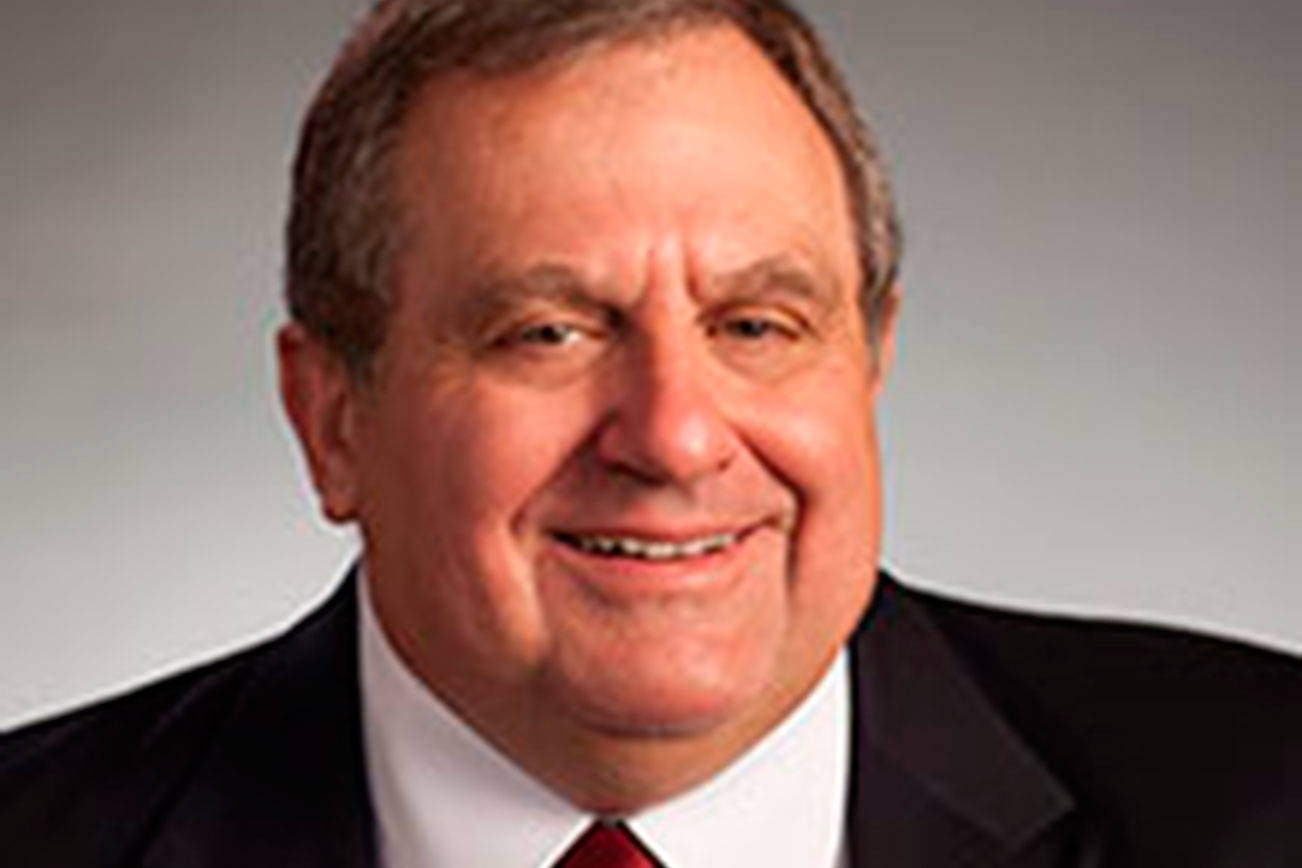Shortly after President Biden took office, he issued the sweeping executive order to transition America to total — 100 percent — renewable electricity by 2035 … 15 short years from now.
Translated that means no more power from coal and natural gas — quite a challenge, considering 60 percent of the 4.12 trillion kilowatt hours (kwh) of electricity we generated in 2020 came from burning fossil fuels while 20 percent came from renewables including hydro.
Land is the wild card. In February 2019, the Institute for Energy Research determined for the U.S. to reach 100 percent renewable it could require one-third of the country be covered by solar and wind facilities.
It takes lots of land to erect wind towers and banks of solar panels as opposed to coal, natural gas and nuclear power stations. They require small foot prints, measured in acres.
Wind and solar installations can run for miles along ridge lines and through valley floors; much of which is undeveloped public land and critical wildlife habitat.
Finding enough suitable property may be impossible. It may turn out to be Biden’s Achilles’ heel.
For example, the battle going on over the permitting of the nation’s largest industrial-sized solar site planned in the Nevada dessert is stalled and pitting green energy enthusiasts against one another.
Recently, Wall Street Journal reporter Jim Carlton wrote: “Slated to be the biggest solar plant in the U.S., the Battle Born Solar Project by California-based Arevia Power, would carpet 14 square miles — the equivalent of 7,000 football fields — with more than a million solar panels 10 to 20 feet tall.”
“These large projects are increasingly drawing opposition from environmental activists and local residents who say they are ardent supporters of clean energy. Their objections range from a desire to keep the land unspoiled to protection for endangered species to concerns that their views would no longer be as beautiful,” Carlton added.
Here in Washington state, the Horse Heaven Hills wind project planned by Scout Clean Energy would stretch along 24 miles of ridge line from south of the Tri-Cities in Finley to Benton City.
Many of the 244 spinning wind machines would be higher than Seattle’s Space Needle (605 feet) The heights range from 500-671 feet. It is also hung up in contentious permit hearings.
Horse Heaven Hills is a key grape-growing region in Washington and houses the state’s single largest wine making facility. Rep. Mary Dye, R-Pomeroy, believes the state wine industry could be harmed by a change in micro-climate caused by the giant turbines as it has happened in Texas.
The incomprehensible challenge is how to generate enough greenhouse gas free electricity for our growing demands without nuclear power production.
There is promising research in Wyoming where coal plants are being decommissioned.
Rather than tearing down the boilers, generators and power transmission equipment, they would be retrofitted. The new heat source would come from advance nuclear systems.
Wyoming Gov. Mark Gordon, Bill Gates’ Terra Power, and PacifiCorp, owned by Warren Buffet’s Berkshire Hathaway, joined forces and plan to launch the first Natrium reactor on the site of a retiring coal plant.
The project features a 345 MW sodium-cooled fast reactor with a molten salt-based energy storage system. The storage technology can boost the system’s output to 500 MW of power for more than five and a half hours when needed, which is equivalent to the energy required to power around 400,000 homes.
If successful the same conversion technology would be available for other coal plants scheduled to be shut down and razed.
Hopefully, that nuclear option would substantially reduce the number of solar panels, wind towers and acres required for those renewables.
Don C. Brunell is a business analyst, writer and columnist. He retired as president of the Association of Washington Business, the state’s oldest and largest business organization, and now lives in Vancouver, Wa. He can be contacted at theBrunells@msn.com.



